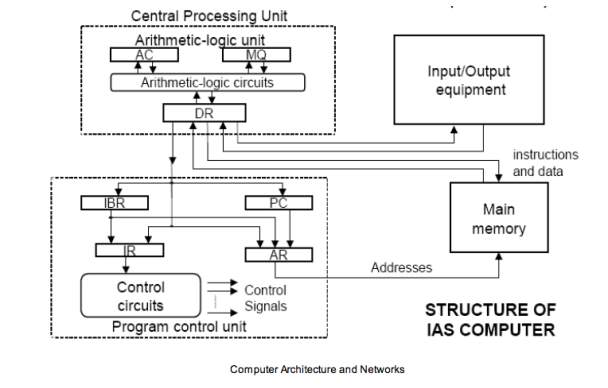 For Daily Job Alert For Daily Job Alert |
Join Our Whats App Channel |
 For Free Study Material For Free Study Material |
Join Our Telegram Channel |
The first generation of computers occurred between the years of 1945 to 1956 with an introduction to the very first electronic general-purpose computer called Electronic Numerical Integrator and Computer other known as ENIAC. The introduction of the ENIAC computer was the beginning of the current generation of computers and many more yet to come. The ENAIC computer was known for solving a large class of numerical problems through reprogramming in the 19th century.
In this generation mainly batch processing operating system were used. Punched cards, paper tape, and magnetic tape were used as input and output devices. The computers in this generation used machine code as programming language. Early first-generation computers were given instructions coded in machine language, that is, a code that designates the electrical states in the computer as combinations of 0’s and 1’s. Preparing the program or instructions was extremely tedious and errors were common. John Mauchly, was an American physicist, and J. Presper Eckert, an American engineer invented and made the electronic digital computer at the Moore School of Engineering at the University of Pennsylvania in Philadelphia.
Although ENIAC was designed and primarily used to calculate artillery-firing tables for the United States Army’s Ballistic Research Laboratory, its first programs included a study of the feasibility of the thermonuclear weapon. The computer was based on some concepts developed by Alan Turning. Alan Turing was a passionate and famous British mathematician mainly known for conceiving modern computing by analysing what it meant for a human to follow a definite method or procedure to perform a task. For this purpose, he invented the idea of a ‘Universal Machine’ that could decode and perform any set of instructions. Ten years later he would turn this revolutionary idea into a practical plan for an electronic computer, capable of running any program.
Advantages And Disadvantages of First Generation Computer
Advantages
- Made use of vacuum tubes which are the only electronic component available during those days.
- Use of vacuum tube technology made possible to make an electronic digital computer.
- These computers could calculate in milliseconds.
Disadvantages
- The computers were very larger in size
- They consumed a large amount of energy.
- They heated very soon due to thousands of vacuum tubes.
- They were not very reliable.
- Air conditioning is required.
- Constant maintenance was required.
- Not-portable.
- Costly commercial production.
- Very slow speed.
- Limited programming capabilities.
- Used machine language only.
- Used punch card for input.
- Not versatile and less accurate.
FIRST GENERATION COMPUTERS ARCHITECTURE









